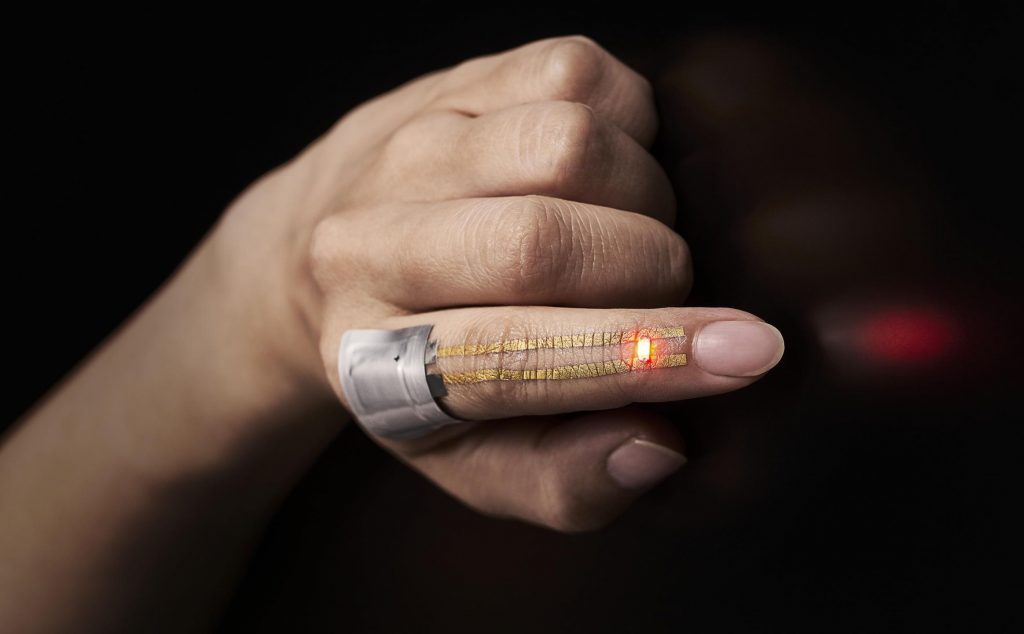What’s Cooking?
[embed width="800"]https://www.youtube.com/watch?v=qp5yOfcBXq0[/embed]
What is it? AI researchers at the Massachusetts Institute of Technology have developed an AI system called Pic2Recipe that can come up with recipes by just looking at pictures of food.
Why does it matter? An independent expert suggested people could use the system to monitor their diet or even recreate a meal they photographed in a restaurant. “For example, if you know what ingredients went into a dish but not the amount, you can take a photo, enter the ingredients, and run the model to find a similar recipe with known quantities, and then use that information to approximate your own meal,” according to MIT’s Nick Hynes, a lead author of a paper that will be presented this month at the Computer Vision and Pattern Recognition conference in Honolulu.
How does it work? The team fed the system with more than 1 million recipes found online and then “used that data to train a neural network to find patterns and make connections between the food images and the corresponding ingredients and recipes.” MIT reported that the system “did particularly well with desserts like cookies or muffins, since that was a main theme in the database. However, it had difficulty determining ingredients for more ambiguous foods, like sushi rolls and smoothies.” You can get a taste here.
A Slithering Robot
[embed width="800"]https://www.youtube.com/watch?v=oRjFFgAZQnk[/embed]
What is it? Engineers at Stanford University have designed “a vine-like,” growing robot with a soft, pneumatic body that can stretch as long as 72 meters (236 feet) and as fast as 21.7 mph without moving its whole body. The team was inspired by trailing plants, fungi and neurons that extend from the tip of the body for “hundreds of percent” of their length through tight spots and still control the direction of their growth.
Why does it matter? "Essentially, we're trying to understand the fundamentals of this new approach to getting mobility or movement out of a mechanism," according Stanford’s Allison Okamura. "It's very, very different from the way that animals or people get around the world." She said the robots could be used to help people trapped under rubble and during other emergencies.
How does it work? The team made the prototype from a long plastic “sock” and used pressurized air to control its movement. Future version could use fluid and be made from sturdy materials like Kevlar.
Sensor Spray
 The electric current from a flexible battery placed near the knuckle flows through the conductor and powers the LED just below the fingernail. Caption and image credits: 2017 Someya Laboratory.
The electric current from a flexible battery placed near the knuckle flows through the conductor and powers the LED just below the fingernail. Caption and image credits: 2017 Someya Laboratory.What is it? Japanese researchers used a “nanoscale mesh” to build an electronic skin sensor for humans.
Why does it matter? The team, working at the University of Tokyo, says the hypoallergenic and breathable sensor “holds promise for the development of noninvasive e-skin devices that can monitor a person's health continuously over a long period.”
How does it work? The team blended the nanomaterial with a special polymer called PVA that dissolves in water and a conductor made from a thin layer of gold. “The device can be applied by spraying a tiny amount of water, which dissolves the PVA nanofibers and allows it to stick easily to the skin — it conformed seamlessly to curvilinear surfaces of human skin, such as sweat pores and the ridges of an index finger's fingerprint pattern,” according to the university.
Move Over, 3D Printing, Here Come 1D Robots
[embed width="800"]https://www.youtube.com/watch?v=ElW0O2IiuXA[/embed]
What is it? An international team that includes researchers from the IT University of Copenhagen (ITU), MIT, Columbia University and other institutions has developed a 1D robot printer inspired by ribosomes that “spits out” other robots made from an aluminum wire that are equipped with tiny motors. These simple robots can be recycled and used for various tasks.
Why does it matter? The printer and the robots, which it can produce in a matter of minutes, can be helpful “in situations where time is scarce and tasks may not be known in advance,” according to ITU.
How does it work? "We use a premanufactured material consisting of a one-dimensional aluminum wire with motors that are connected to each other,” said ITU associate professor Sebastian Risi in a news release. “We then feed the wire to the printer, which then bends the material into a robot whose form determines the function. If the material is folded in a certain way, it will be able to crawl. If you fold it differently, it could potentially climb or roll. After use, you can simply flatten the robot, press a button, and print a robot with a new function.” The researchers were inspired by the ribosome, a biological machine that helps assemble complex proteins in the cell.
Space Crystals
 “By taking advantage of the microgravity conditions of the International Space Station, we hope to grow better, more uniform crystals that we are unable to grow on Earth,” says researcher Andrey Kovalevsky. Image credit: Getty Images.
“By taking advantage of the microgravity conditions of the International Space Station, we hope to grow better, more uniform crystals that we are unable to grow on Earth,” says researcher Andrey Kovalevsky. Image credit: Getty Images.What is it? Astronauts on the International Space Station are growing crystals of an enzyme that could help us build better antidotes to nerve poisons and other chemical weapons.
Why does it matter? When the activity of the enzyme, called acetylcholinesterase (AChE), is blocked by sarin, VX and other chemical weapons, “muscles cannot relax, leading to paralysis and eventually death,” according to the National Institutes of Health, which is backing the research. Back on Earth, scientist have been trying to crack the structure of the enzyme, but gravity prevented them from growing large enough samples. Up on the ISS, however, “astronauts are currently growing large crystals of pure enzyme of a size that cannot be formed on Earth due to interference from gravity,” according to the NIH. “With increasing worldwide concern about the use of chemical weapons, there is significant interest in developing better counteragents,” said David A. Jett, director of the CounterACT program at the National Institute of Neurological Disorders and Stroke.
How does it work? “By taking advantage of the microgravity conditions of the International Space Station, we hope to grow better, more uniform crystals that we are unable to grow on Earth,” according to Andrey Kovalevsky, a researcher at Oak Ridge National Laboratory in Oak Ridge, Tennessee, and one of the scientists involved in the research. After the crystals grow, they’ll be sent home, where Kovalevsky and his colleagues, including Zoran Radic can closely examine the enzyme’s atomic structure. “Using this technique, we will be able to get a closer look at how the enzyme interacts with pesticides and nerve agents and learn about how the bond between the two can be chemically reversed,” Radic said. “This method would not work on the smaller enzyme crystals that can be grown here.”
Top illustration credit: Getty Images.





